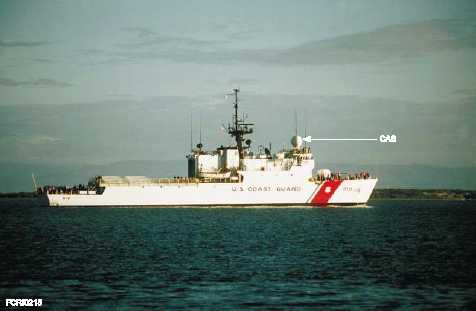figure 2-16). All associated electronics for radar
operations are enclosed within either the radome or the
Electronics Enclosure (called the ELX). CIWS is
operated remotely from either a Local Control Panel
(LCP) or the Remote Control Panel (RCP) located in
the Combat Information Center (CIC). It has two
primary modes of operation: automatic and manual. In
the automatic mode, the computer program determines
the threat target, automatically engages the target, and
performs the search-to-kill determination on its own.
In the manual mode, the operator fires the gun after
CIWS has identified the target as a threat and has given
a “recommend fire” indication.
CIWS was developed in the late 1970’s to defend
against anti-ship cruise missiles. However, as the
sophistication of cruise missiles increased, so did the
sophistication of CIWS. Major changes to CIWS are
referred to as “Block” upgrades. The first upgrade,
known as “Block 0”, incorporated a standard rotating
search antenna. Limitations of elevation in Block 0
lead to the next upgrade, Block 1. Block 1 provided
improved elevation coverage and search sensitivity by
using a phased-array antenna. A minor upgrade to
Block 1, known as Block 1A, improved the processing
power of the computer by incorporating a new
high-order language. This upgrade gave CIWS the
ability to (1) track maneuvering targets and (2) work
with multiple weapons coordination. The next
upgrade, Block 1B, enabled CIWS to engage surface
targets. This upgrade is known as the Phalanx Surface
Mode (PSUM). A special radar, Forward-Looking
Infrared Radar (FLIR), was added to CIWS to detect
small surface targets (i.e., patrol/torpedo boats) and
low, slow, or hovering aircraft (i.e., helicopters). This
radar is mounted on the side of the radome structure.
FLIR can also help the radar system engage anti-ship
cruise missiles. To detect targets day or night, CIWS
Block 1B uses a thermal imager and advanced
electro-optic angle tracking.
2-11
Figure 2-14.—Mk 92 Fire Control System on PERRY class frigate.
Figure 2-15.—WMEC-910 Coast Guard Cutter Thetis with Mk 92 CAS.




